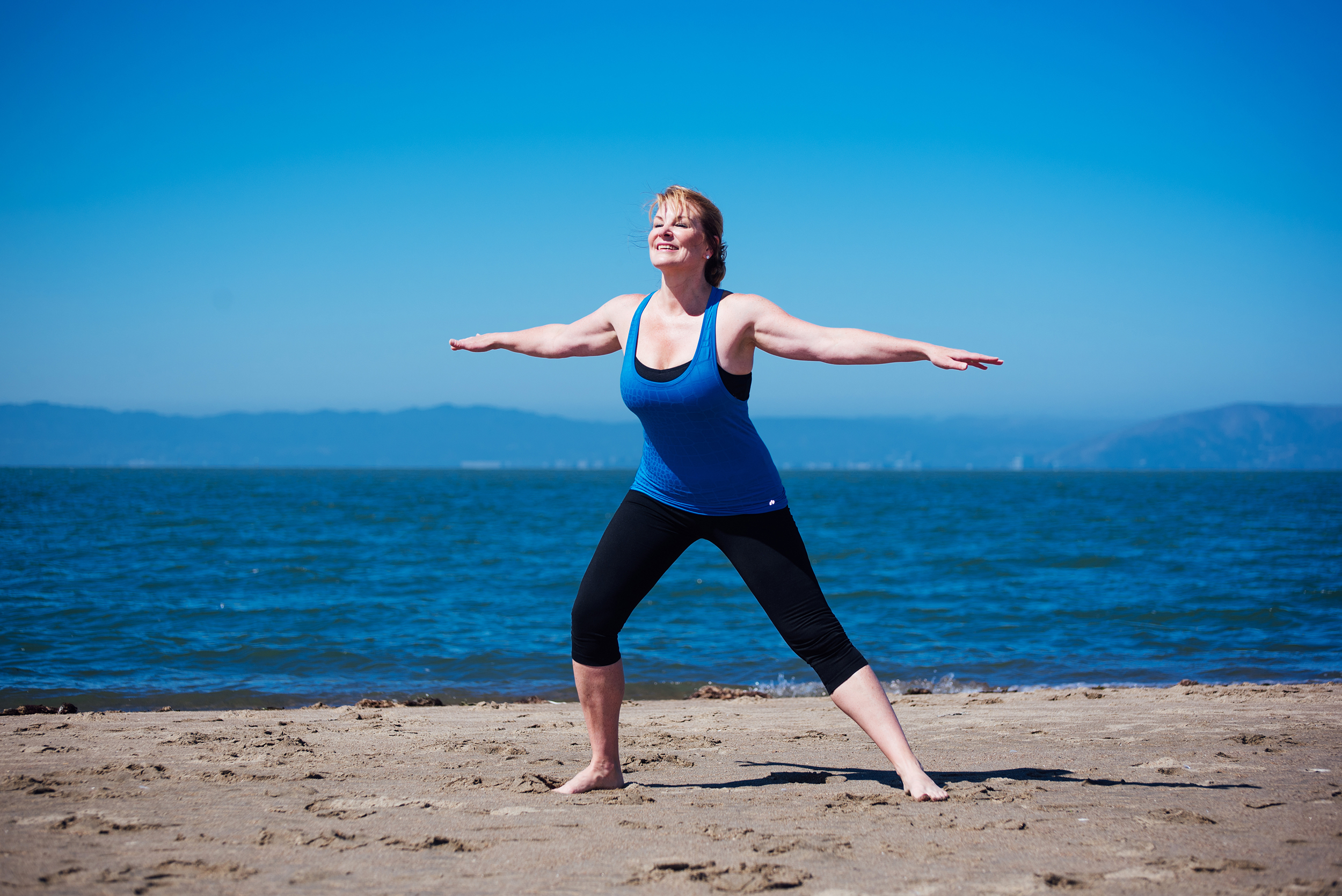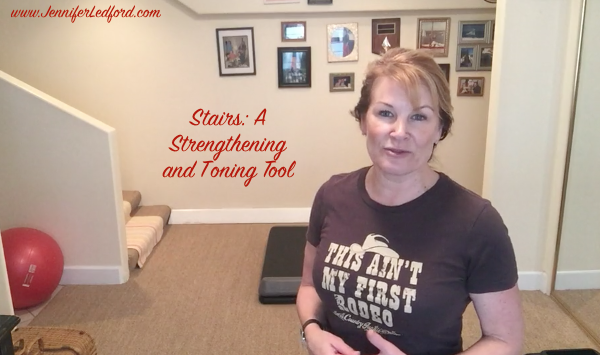
Everyone feels stressed from time to time. Whenever your body has to respond to mental and/or physical pressure, stress occurs. That means it’s pretty tough to get through a week or even a day without some type of stress coming your way.
The stress response is the body’s way of protecting you so it’s not necessarily a bad thing in moderation. When working properly, it helps you stay focused, energetic, and alert. In emergency situations, stress can save your life.
Everyone’s stress levels are going to be different. Some people may cope with stress more effectively or recover from stressful events more quickly than others. For example, some of us can waltz right into the DMV and take our driving test without feeling stressed while others will be sweating bullets.
There are different types of stress. A stressor may be a one-time event or a short-term circumstance or it can be a situation that continues for a long period of time.
Fortunately, the human body is beautifully designed to experience stress and react to it. However, when a person faces continuous challenges without relief or relaxation, the person almost always becomes overworked and chronic stress-related tension can occur.
Chronic stress can cause a variety of symptoms and can affect your weight, your health, and your overall well-being. I personally believe that chronic stress is as bad, if not worse, for us than smoking cigarettes so, it’s a good thing to limit the amount of stress in our lives and know how to manage it when it pops up.
Seven Ways To Manage And Avoid Stress
- Step outdoors. A recent review of studies published in Environmental Science & Technology that focused on “outdoor exercise” discovered that physical activity in natural areas decreases the risk of mental illness and improves one’s sense of well-being.
One way I like to relieve stress is to take our dogs for a walk. It allows me to take a break from the environment or stressful situation and take a deep breath. When I finish the walk, I have a fresh new perspective.
- Forgive. Unforgiveness can contribute to anxiety and anger which causes more stress in your life. Forgiving others does not mean what they did was okay; it simply means you release the offense from your heart and mind so that you can move on in peace. It’s much better to forgive the guy that cut you off on the freeway than to show up at the office ticked off with elevated blood pressure.
- Take a vacation. It’s important to take time off and get away from your day-to-day routine. When you go on vacation, you invest in your health and special memories that will make you smile for years to come. If budget is an issue, I recommend day-trips like picnics at your local park or at the beach while you are saving up funds for a vacation. My husband and I went through a period when we were really watching our spending and spent our days off at the beach. One day at the beach did more for us to relieve stress than any expensive spa could ever do. Find the things that work for you. They don’t necessarily have to be pricey.
- Take action. Procrastination or avoiding problems can make situations worse which can lead to additional stress. When we take the time to discover and solve issues that are causing stress in our life, there is a sense of peace in knowing that the problem is going to be solved and that the stress is not permanent. Sometimes we can figure out the solutions on our own. Other times, it’s best to seek professional help for expert advice. It’s okay and actually wise to ask for help!
- It’s okay to say no. Setting boundaries with your time is one of the best tools you have to limit unnecessary stress. Write your top five to ten life priorities in order of importance. Then, look at your calendar and see how much time is being devoted to each. Is there a balance? Is there something that should be put on hold for awhile? Depending on what that list looks like currently, that may even include formal workouts and temporarily switching to lifestyle activity for your exercise.
- Pray. As a spiritual person this is my number one go-to when it comes to managing stress. I go straight to God and pray. This doesn’t mean I’m always on my knees praying. Sometimes it’s a conversation in the car, out on a trail, or on our back deck. Listening to spiritual music and reading daily devotionals that lift me spirit up are helpful as well.
If prayer isn’t your thing, that’s okay. Find some positive books, music, or affirmations that help you feel inspired and stimulated in a healthy way.
- Remove toxic people from your life. This one’s a biggie. We all know that person that makes us feel bummed out or even worse “slimed” after we have been around them. As difficult as it can be at times, it’s important for your health and well-being to limit your time with people that stress you out. If it’s a family member or coworker, you may want to counsel with someone that can help coach you through the best way to handle your situation.
There is no such thing as a “stress-free” life. None of us will ever completely avoid it. However, I believe that if you use one or all of the tips above, you will be able to minimize it and it will, over time, have less of an effect on you.
Here’s to less stress and more peace in your life!
Shared with love,
Jennifer







